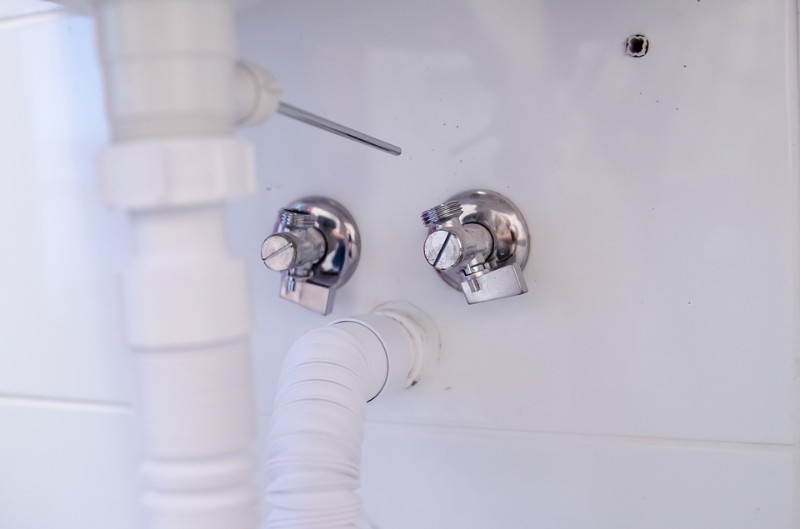A diligent approach to measuring a hydraulic fitting can help you avoid leaks and downtime. Even to a professional, two hydraulic fittings can look identical while being completely different. An incorrectly sized fitting may seem to fit at first, but with time it can cause problems throughout your system.
Mismatched fittings are one of the most common problems with hydraulic systems, but are also the easiest to avoid. Let’s discuss the basics of measuring a hydraulic fitting.
Tools Needed:
- Measuring tape
- Callipers
- Thread pitch gauge
- Protractor
1) Measure The Length
The easiest part about measuring hydraulic hose fittings is to find the length. There isn’t anything tricky about it. Simply lay the fitting on the table and use a measuring tape to identify the length.
2) Determine The Outside Diameter
The outside diameter (or male thread) of a fitting is determined with the assistance of callipers. Zero out the callipers, put the fitting between the jaws and close them to hold the fitting tight. Reading the callipers accurately requires a certain level of experience and precision.
A Vernier calliper provides highly correct readings. You may want to measure the diameter several times to make sure you are getting the right results.
3) Calculate The Inside Diameter
The inner diameter (or female thread) is also measured with callipers. The process is similar. However, this time, you have to place the calliper jaws inside the fitting in order to get the precise readings.
4) Evaluate The Thread Gauge
The thread pitch gauge determines the distance between threads. Put the gauge on the threads to get a snug fit. You can then match the measurements to a size chart. In case you don’t have a thread pitch gauge, you can roughly determine the thread gauge using Vernier callipers. Count the number of threads within a one-inch distance.
For British and European threads, the thread gauge is measured in threads per inch. Metric threads of a gauge determine the distance between the threads.
5) Estimate The Angle
Use a protractor to determine the angle of the fitting. The angle is one of the most important factors when choosing the right new fitting for your hydraulic system. The most common angles are 45° and 90°. However, you can occasionally face 22.5° angles on elbow fittings.
Things To Consider
When measuring the old fitting, it’s important to remember that wear and tear may have changed the measurements slightly. It’s important to get a professional opinion about fitting sizing in case the measurements of your old fitting don’t match the charts.
At Hydrastar, we supply all types of spare parts for pneumatic and hydraulic systems, including hydraulic fittings and Festo pneumatic fittings. If you need assistance determining which fitting is suitable for your system, our specialists can help you make the right choice.
For more information about our products and services, please download our free e-book How To Minimise Downtime With Pneumatic Plant & Machinery.



